The story of
The Imperial Typewriters dispute

The Imperial Typewriters dispute in Leicester saw over 500 workers, largely from South Asia, go on strike over discrimination in 1974.
Browse and explore the human stories behind The National Archives’ collection.
The story of

The Imperial Typewriters dispute in Leicester saw over 500 workers, largely from South Asia, go on strike over discrimination in 1974.
Record revealed
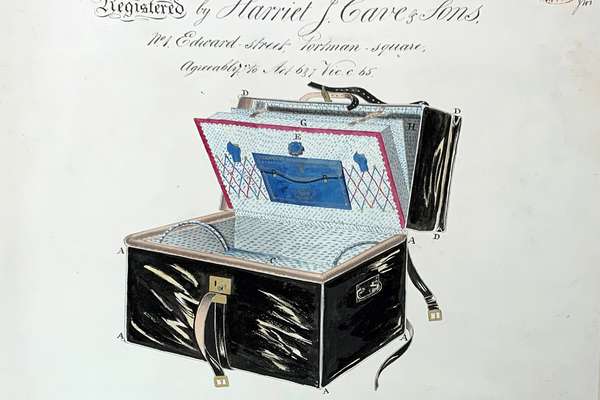
In 1866, a British luggage manufacturer attempted to capitalise on the expansion of railway lines with a unique and royal travel bag.
Record revealed
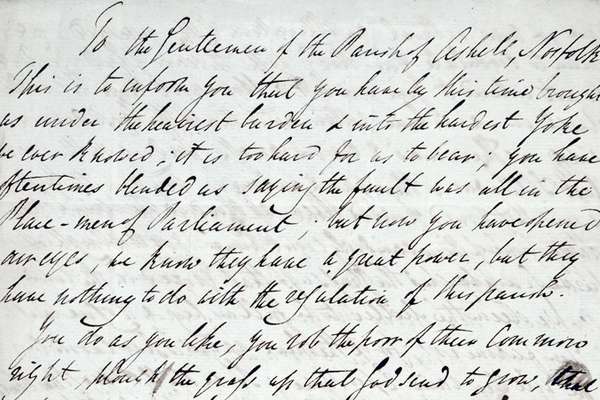
This angry letter offers a rare view of the words of ordinary people at the time, threatening violence in response to falling living standards in rural England.
The story of
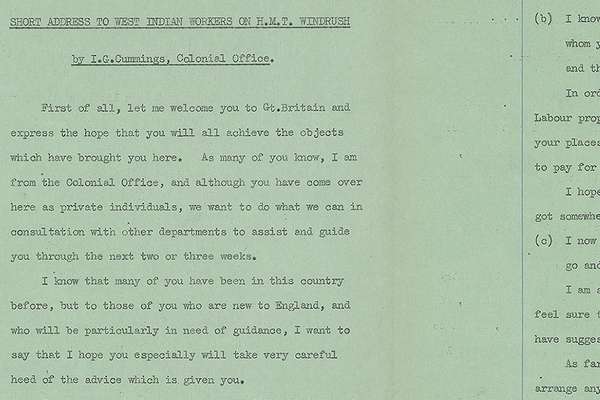
Ivor Cummings (1913–1992) greeted the iconic arrival of the Empire Windrush at Tilbury in 1948. He became known as the 'gay father of the Windrush generation'.
The story of
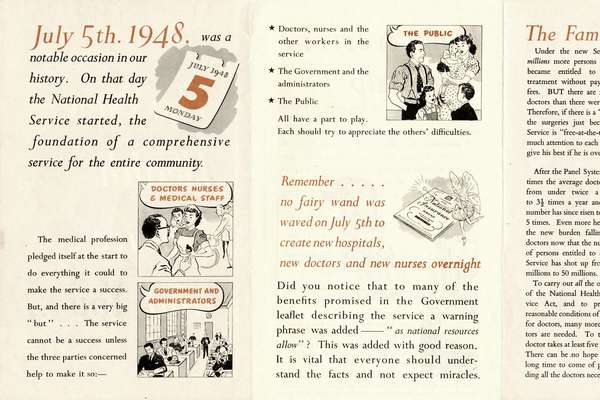
Explore the foundations of the NHS, one of Britain's most well-known and loved institutions.
Record revealed
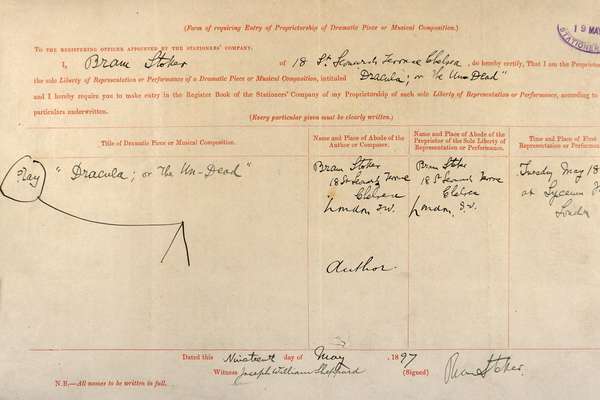
The Irish author completed this form to register ownership of a play titled ‘Dracula; or the Un-Dead’, and thus his seminal novel. It would prove important.
Record revealed
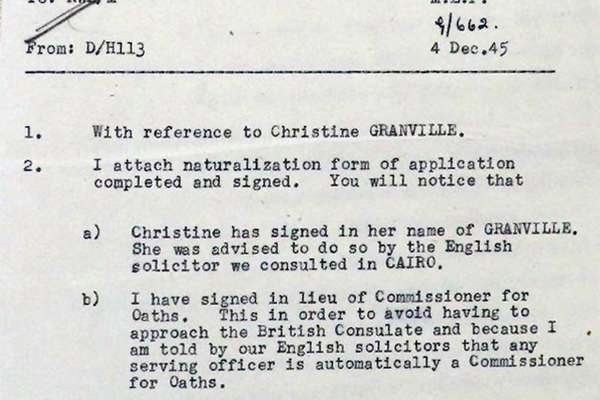
Christine Granville, Special Operations Executive agent extraordinaire, was Churchill’s favourite spy. How did this document possibly save her life?
Record revealed

In 1920, hundreds of members of the National League of the Blind (NLB) marched 200 miles to campaign for support. This printed circular explains what happened.
Record revealed
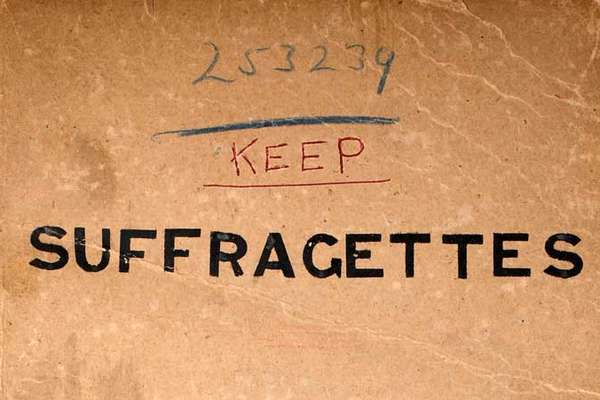
More than a thousand people who supported women’s right to vote were arrested for their activism. This document records them – and includes some famous names.
Record revealed
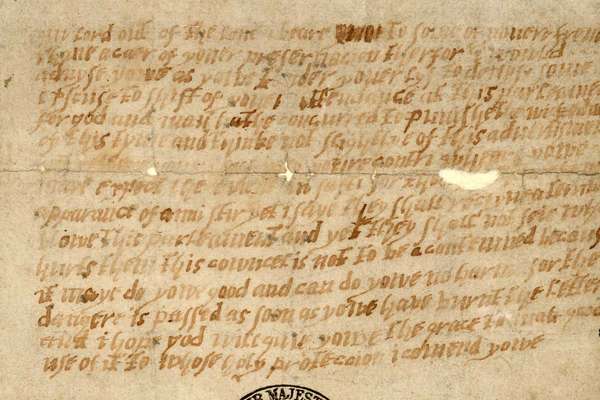
Is this the most famous anonymous letter in British history? Perhaps it should be. Without it, the Gunpowder Plot might have succeeded.
Record revealed
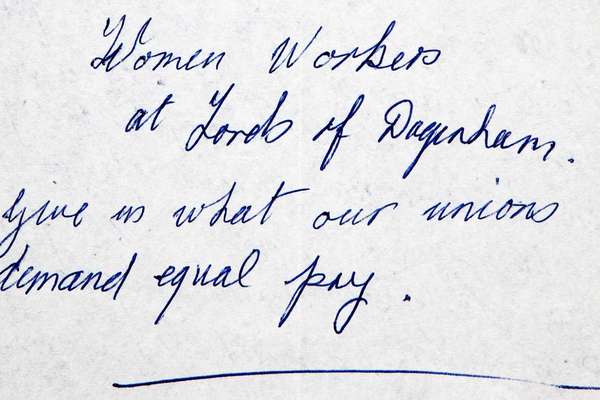
A handwritten letter written by sewing machinists working at Dagenham car plant who famously went on strike for equal wages in the late 1960s.
The story of
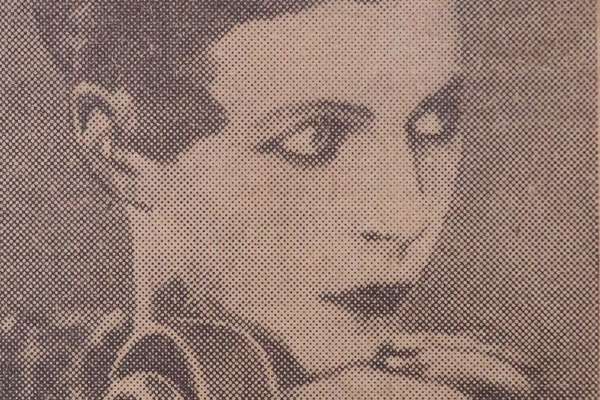
On the Windrush passenger list, white socialite Nancy Cunard (1896–1965) is described as a 'writer', but she was also a staunch activist for Black civil rights.